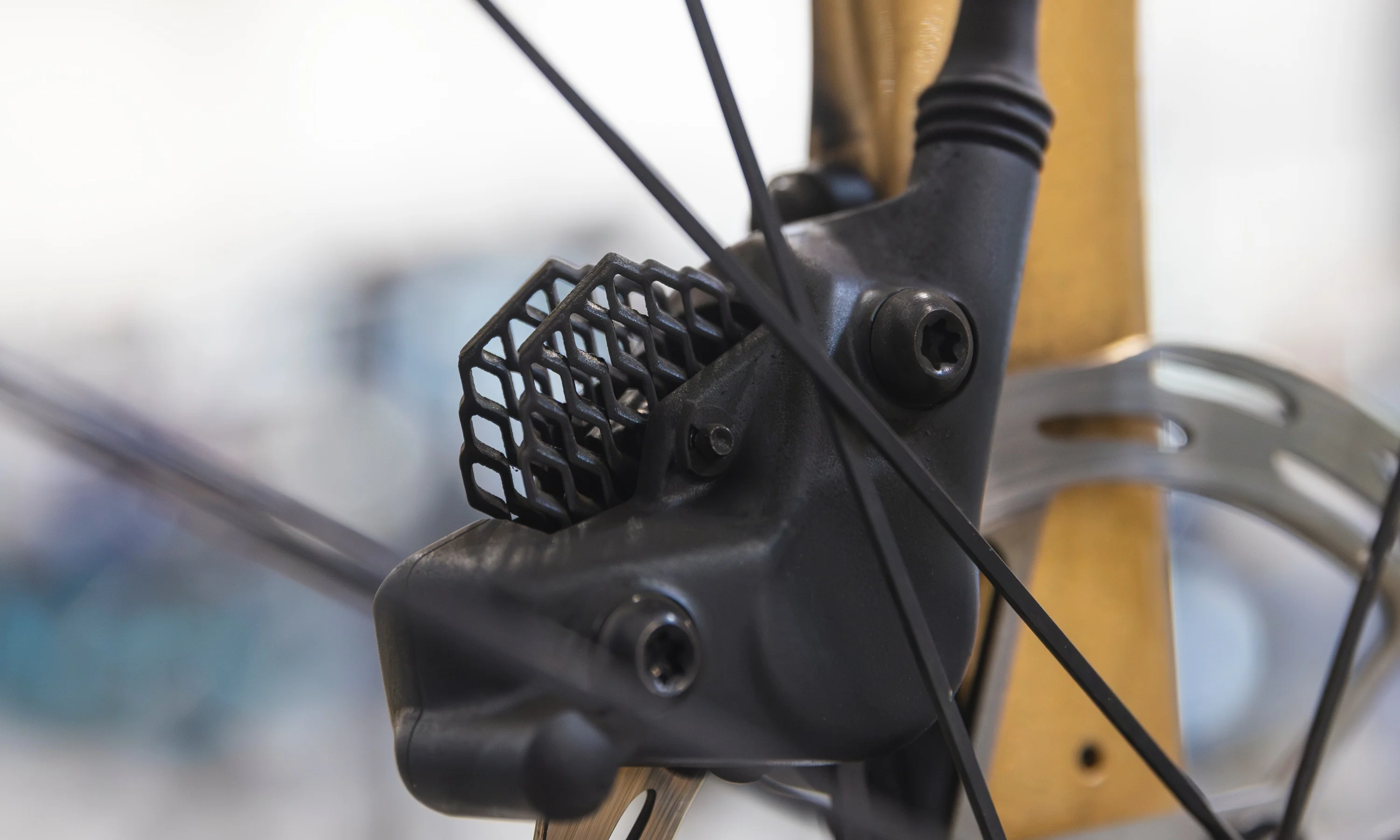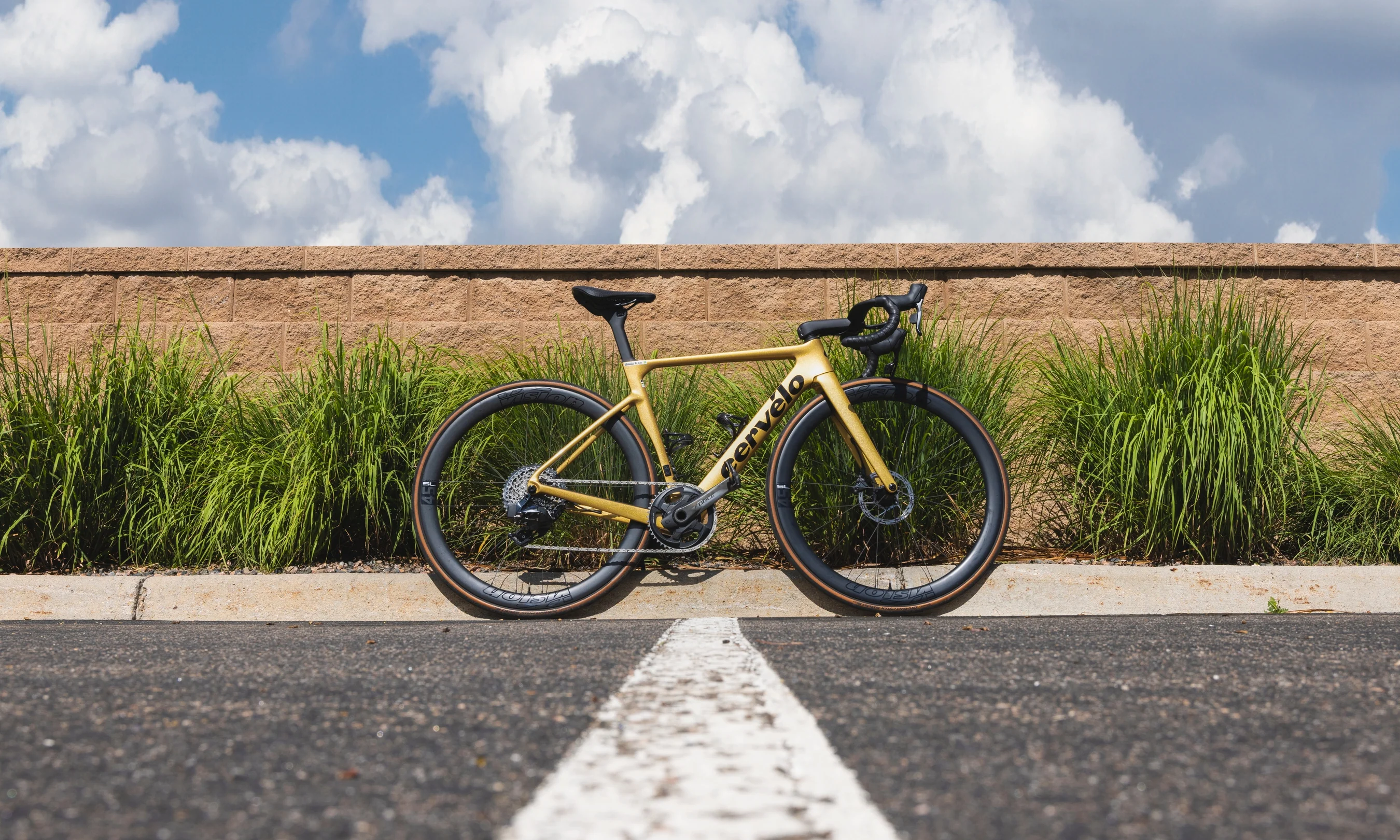The latest version of Vittoria’s flagship Corsa Pro TLR G2.0 tubeless road tire has been available for several months now, and pro teams in the World Tour have been racing on it since October of 2022. It already has a pretty impressive win record. Here are some big 2023 wins that were achieved on the new Corsa Pro:
- Milan-San Remo
- Paris-Roubaix
- Road World Championships
- Giro d’Italia
- Vuelta a España
- Tour de France
 Some famous Corsa Pro riders: Mathieu van der Poel after winning the road world champs (left) / Team Jumbo Visma, the most dominant team of 2023
Some famous Corsa Pro riders: Mathieu van der Poel after winning the road world champs (left) / Team Jumbo Visma, the most dominant team of 2023
The original Corsa Pro was already the most successful tire in the pro peloton, and with top riders like Jonas Vingegaard, Mathieu van der Poel, Wout van Aert, and many more riding the new version, we can only expect more wins in the near future.
So is an expensive ($100 in this case) high-performance race tire used by the pros worth it for your average rider? If you’re racing and you want to maximize your performance, then yes. Good tires are one of, if not the most impactful upgrade you can make to your bike, and dedicated race tires like the Corsa Pro have much lower rolling resistance, saving precious watts. They can help you score a podium or set a new PR.
But what if you’re not racing and you just want a fast daily driver? With all the new tech in the latest redesigned Corsa Pro, I think it can still be worth it, because that's exactly how I've been using them, and I've thoroughly enjoyed riding them. Over the last 6 months, I’ve put 2,000 miles on a set of Corsa Pros, using them for lunch rides, weekend epics, and even some light gravel. They make my bike feel (and look) faster. Next season, I’m planning to get another pair.
What’s New with the 2023 Vittoria Corsa Pro TLR G2.0?
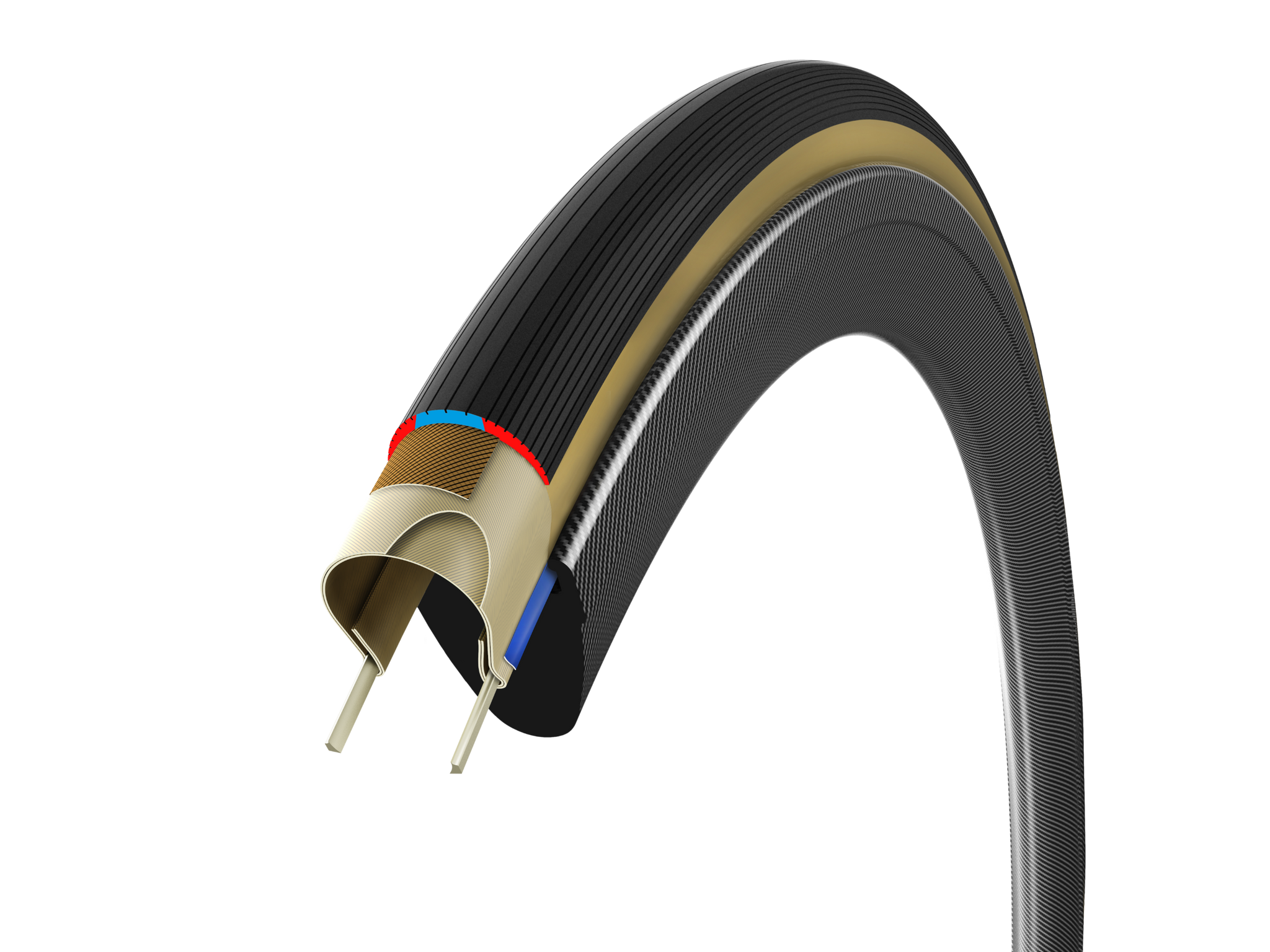
- Electrical vulcanization
- Seamless Tread
- Graphene + Silica rubber compound
- Lower rolling resistance
- Increased puncture resistance
- Improved wet & cornering grip
- 24mm, 26mm, 28mm, 30mm, & 32mm width options

Vittoria Corsa Pro TLR G2.0 Tire 700c Tubeless
$106.99
The Corsa Pro is still built on Vittoria’s super supple 320 TPI cotton casing. There aren’t many manufacturers still making cotton tires, especially tubeless-ready cotton tires (Challenge is the other well-known alternative). Vittoria uses cotton in the Corsa Pro because it is extremely supple (think cotton t-shirt), much more supple than nylon, the most popular casing material. This suppleness decreases rolling resistance and also helps the tire conform better to imperfections to increase grip and comfort. The downside, however, is that it tends to be more prone to cuts and punctures
But the big news with the Corsa Pro TLR G2.0 is a new construction method that improves the durability of the cotton casing. Traditionally, the rubber tire tread is glued onto the casing. The Corsa Pro TLR G2.0, however, uses "electrical vulcanization" to incorporate the rubber tread into the cotton casing. This creates a “seamless” tread that increases both suppleness (and thus speed) and puncture resistance. Vittoria also claims that the seamless tread provides a slight improvement in aerodynamics and that it’s also more a sustainable construction method than gluing the tread.
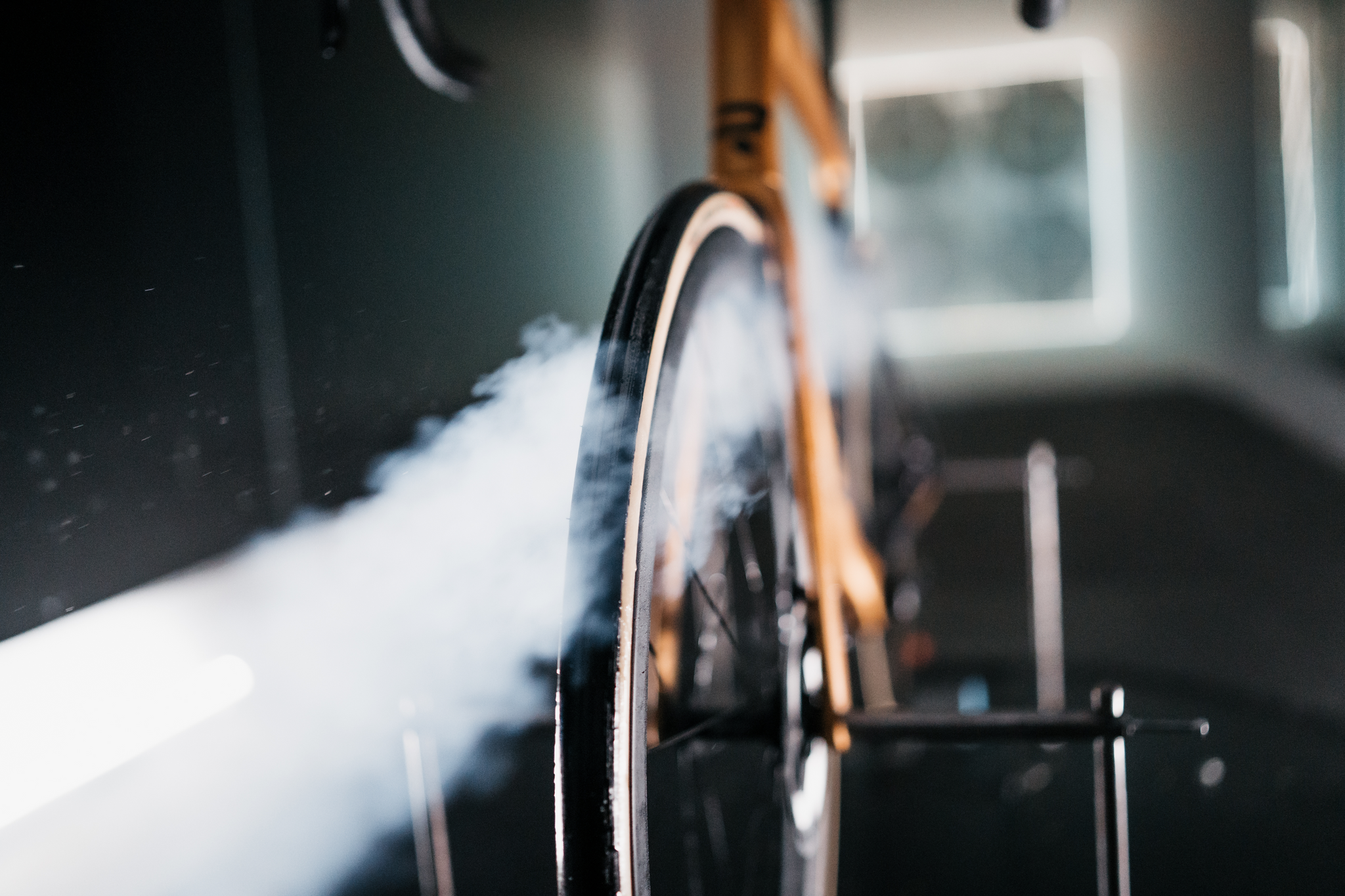 The seamless casing even improves aerodynamics... if that matters to you.
The seamless casing even improves aerodynamics... if that matters to you.
This new seamless tread is paired with an improved puncture protection belt directly under the tread, and a new rubber compound that uses a combination of graphene and silica additives. This new rubber compound is more durable and faster than before, and it provides better grip in wet conditions.
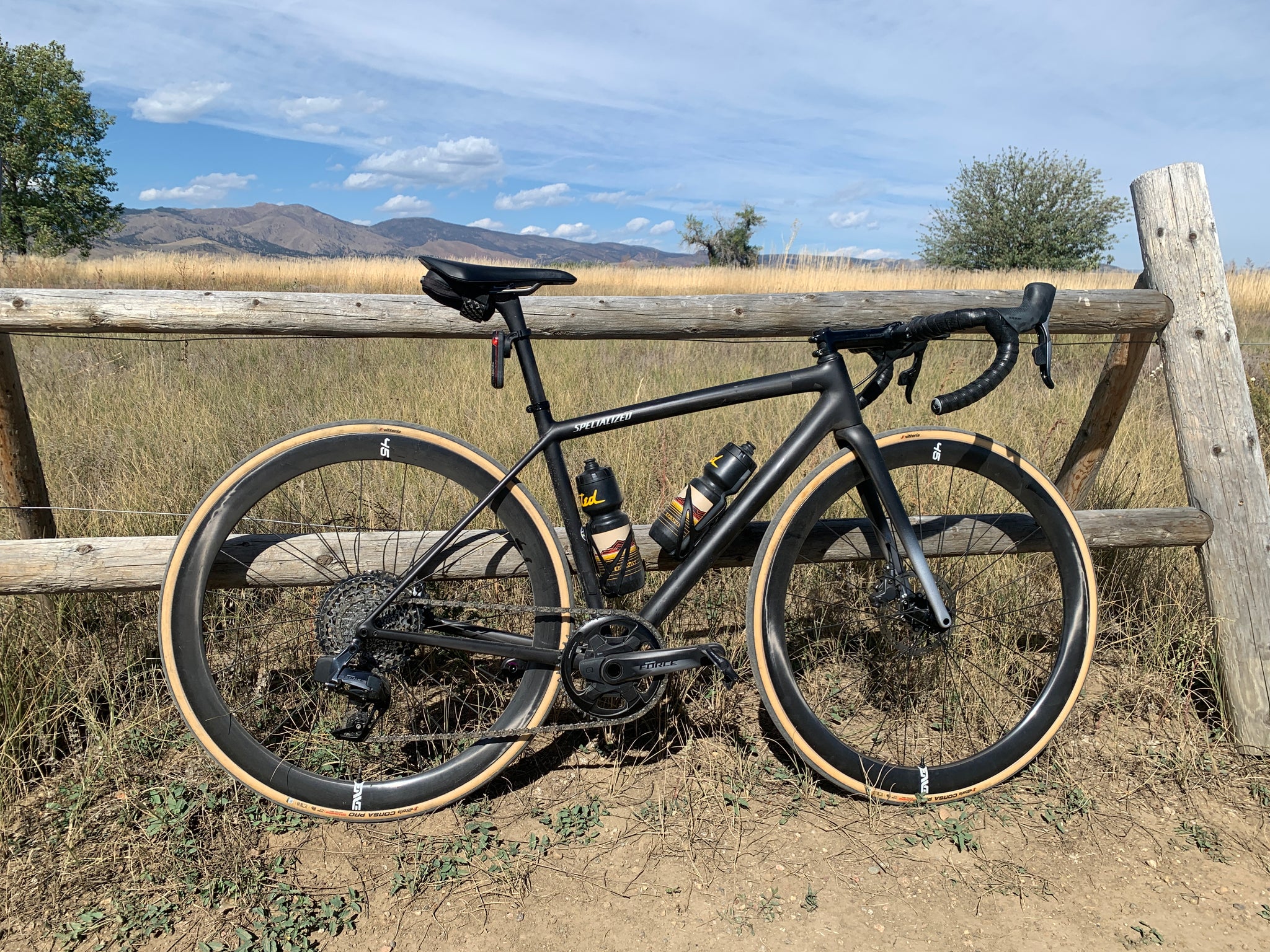 My Corsa Pros after nearly 2,000 miles.
My Corsa Pros after nearly 2,000 miles.
I picked up my first pair of Vittoria Corsa Pro TLR G2.0s in early May. I chose the 28mm wide option and installed them on a set of ENVE 45 carbon wheels with Silca Ultimate tubeless sealant. The tubeless install was fairly undramatic, and the tires set up pretty easily with a standard floor pump. (Your experience may vary depending on your wheels.)
Previously, I had been riding the Corsa N.EXT tires which I thought was already very good. Switching to the new Corsa Pro, the difference is subtle but noticeable. The biggest difference is in the casing. The Corsa Pro feels more supple at the same air pressure, and it feels faster out on the road too.
I’ll give you the old cliche and tell you that I set some new Strava PRs on these tires, both uphill and down. However, I went out and actively chased these PRs after installing these tires. Ultimately, that’s the reason I like riding race tires like the Corsa Pro. They feel super fast, and that makes you want to push yourself live up to their potential.
Why I Plan to Continue Riding the Corsa Pro TLR G2.0 (vs. the Grand Prix 5000 S TR)
As I said, I’m planning to buy another set of Corsa Pros to replace my worn-out pair. There are three key reasons I'm sticking with the Corsa Pro:
- I’ve had good luck
- I like how it feels
- It looks really good
The first point about luck is important. I made it past 2,000 miles on my Corsa Pros. But I’m not going to say that you will because there is every chance another rider will have the completely opposite experience. I could have bad luck with my next set too. Anything can happen.
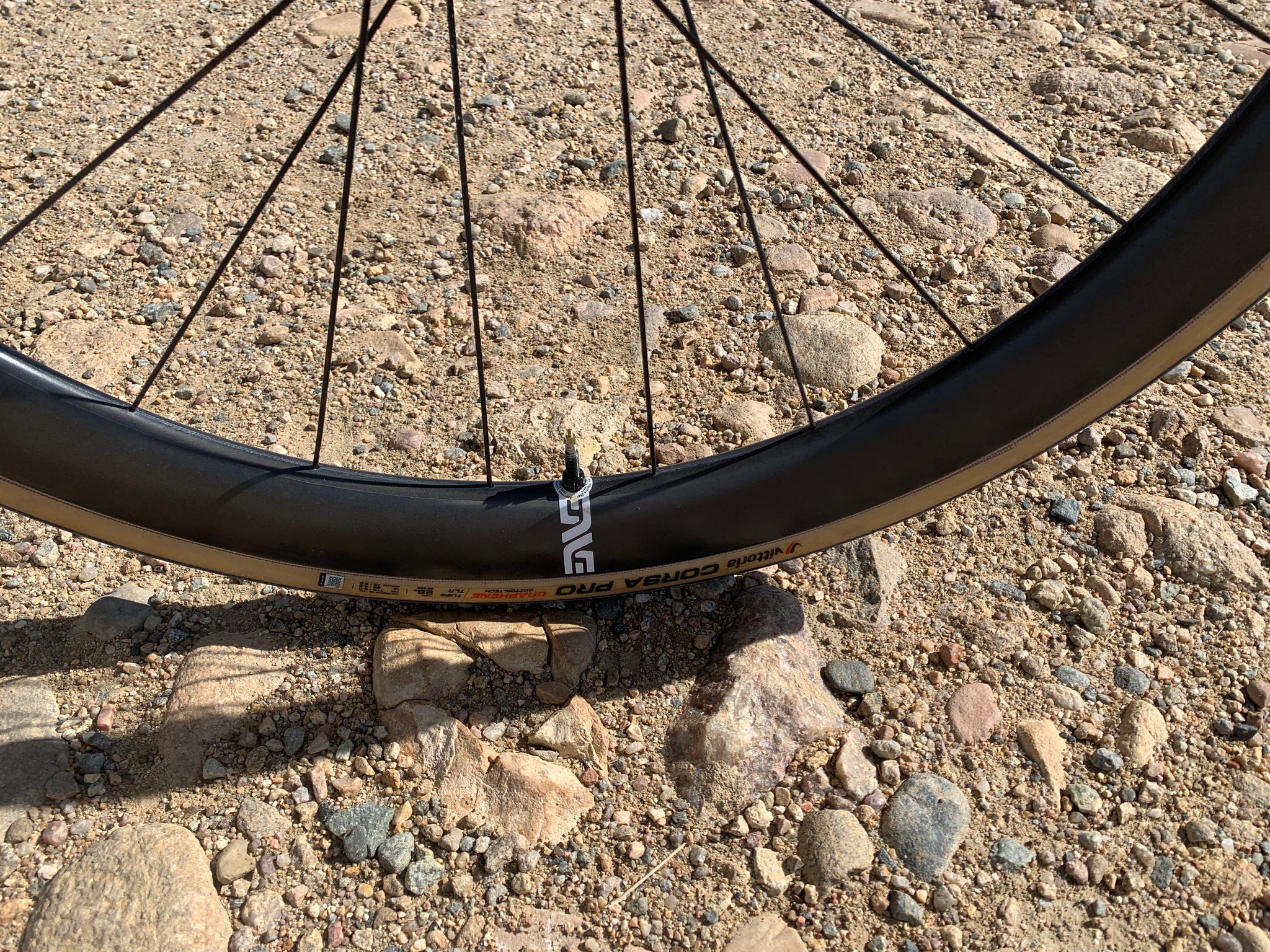 I regularly rode some BAD roads and had very little issues.
I regularly rode some BAD roads and had very little issues.
The last few tubeless race tires that I’ve ridden are the Continental Grand Prix 5000 S TR, Specialized S-Works Turbo T2/T5, Schwalbe Pro One, Pirelli PZERO Race, and of course, the previous generation Corsa Pro. Some made it past 2,000 miles. Some made it less. One didn’t make it past 200 miles.
I won’t name which tires punctured early because my opinion is that it’s pretty much a crapshoot when it comes to race tires. When speed and low rolling resistance are such high priorities, longevity will always suffer. Plenty of riders will take these tires well over 2,000 miles without a single puncture. Some will puncture on the very first ride. If you’re choosing to ride this type of tire, you should be prepared for this possibility.
But with the current Corsa Pros that I’m riding, I’ve been super impressed with what they’ve handled. My local riding feature lots of hardpack dirt and smoother gravel that I use to connect paved backcountry roads. The tires handled all of this with ease, and after a few rides, I felt very confident bombing down loose and washboard gravel sections. The Corsa Pro won Paris-Roubaix under Mathieu van der Poel, so I do expect it to do well on this sort of terrain (though Wout van Aert also rode the Corsa Pro and punctured multiple times).
 The sealant booger I discovered where my Corsa Pro had punctured.
The sealant booger I discovered where my Corsa Pro had punctured.
I did finally get a puncture right around mile 1,500 after riding through an active construction zone where the road was being repaved. I didn’t see what I hit, but my rear tire received a ~2-3mm hole in the center of the tread. Fortunately, the Silca Ultimate sealant in the tire did its job, and after airing back up with a CO2, I was able to ride home. I added more sealant to replace what sprayed out and was able to continue riding the tire for several hundred more miles as if nothing had happened. To me, this is a good result.
Ultimately, around the 2,000, I decided to remove my Corsa Pros to test out a different tire from another manufacturer. I do think however, I could have easily gotten another 500 miles out of them before they were truly done. When that test is done (likely after the winter) I plan to put Corsa Pros back on for the spring and summer riding season, and I'll also likely try a wider 30mm or 32mm version as well.
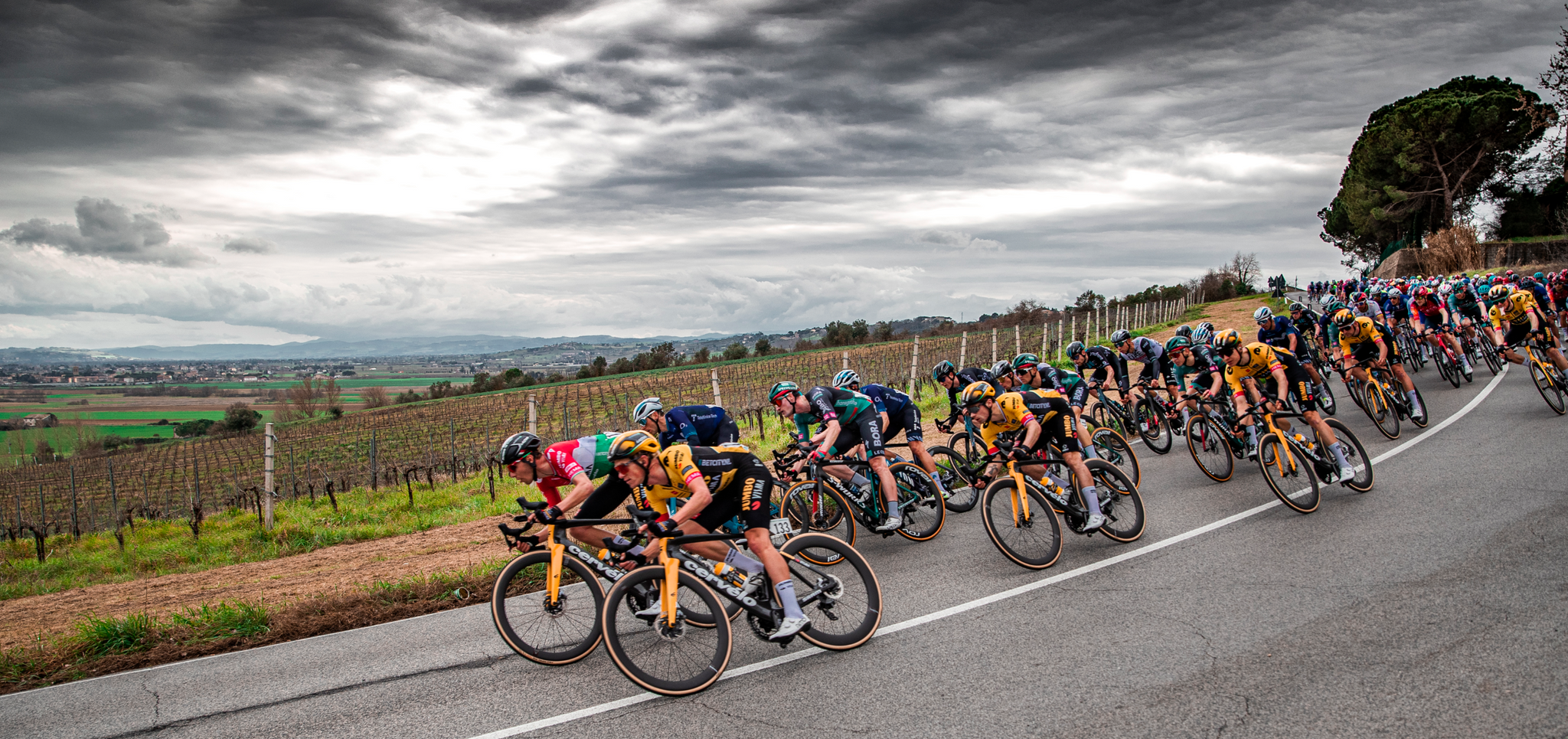 So why choose the Corsa Pro over a popular competitor like the Continental Grand Prix 5000 S TR? The Grand Prix 5000 S TR is a perennial favorite among bike geeks, and independent tests have shown that it is slightly faster (less than 1 watt) than the Corsa Pro.
So why choose the Corsa Pro over a popular competitor like the Continental Grand Prix 5000 S TR? The Grand Prix 5000 S TR is a perennial favorite among bike geeks, and independent tests have shown that it is slightly faster (less than 1 watt) than the Corsa Pro.
The main reason is entirely subjective: I just prefer how the Corsa Pro feels. Both tires are supple, but the Corsa Pro feels slightly more supple, which I like. But mostly, I like how the Corsa Pro feels in corners. Part of this is due to the supple casing. Part of it is due to the rubber compound. But perhaps the biggest thing for me is the tread.
 The Corsa Pro's grooved tread is a classic for a reason.
The Corsa Pro's grooved tread is a classic for a reason.
The Corsa Pro features directional grooves that help the rubber deform laterally to enhance grip in corners. I’ve been riding some version of the Corsa for the last 7 years, and I'm super used to how the Corsa Pro feels in corners, and it gives me a lot of confidence to go fast, especially on loose, dirty, or wet corners.
With enough time, I’m sure I would feel the same about any high-quality race tire, but I’m used to the Corsa and I don’t really want to mess with a good thing. One thing I will mention though is that I hate dealing with the Grand Prix 5000 S TR’s notoriously tight beads. The Corsa Pro was much easier to install.
These are all small details, but when you’re comparing expensive high-performance tires, I think personal preference like this is really the biggest deciding factor. I ride with plenty of people who prefer the Grand Prix 5000 S TR. I also ride with a lot who prefer the Specialized S-Works Turbo. I’d say none of us are wrong in our choices.
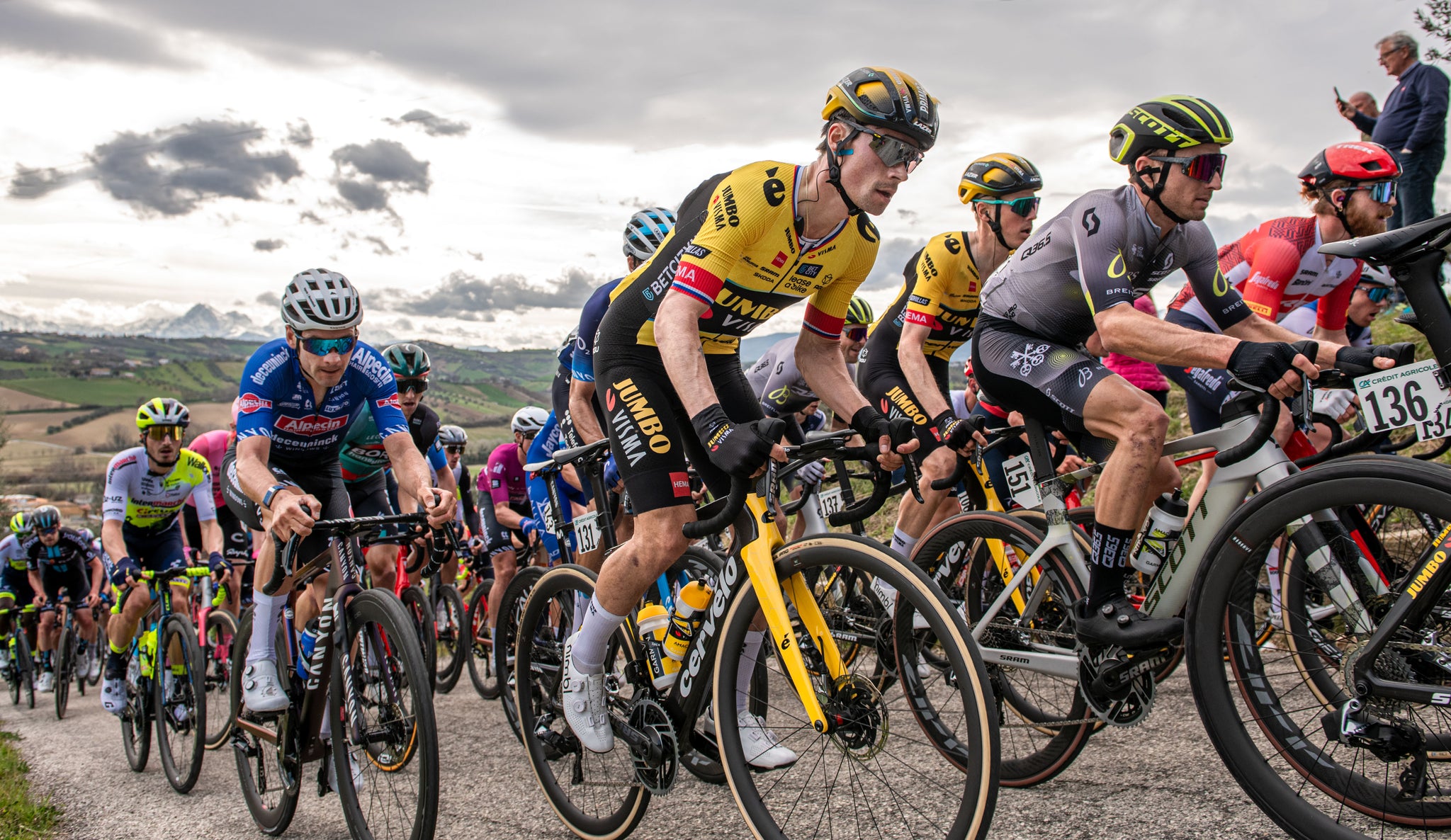 These tires POP.
These tires POP.
The final point though is the real kicker. I just love tanwall tires, and to my eye, the Corsa Pro is the best-looking tire of them all. The cotton casing has that bright, light-colored sidewall that is reminiscent of old-school tubulars, and I prefer it to the darker color you see on many competitors.
It pops on my matte black bike and it makes me feel super pro. Look good, ride good, right? Sometimes appealing to our vanity is the most important thing a bike component needs to do.



